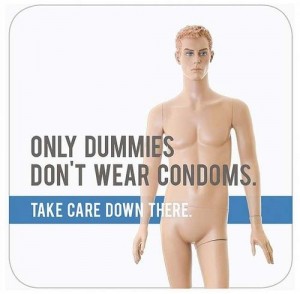
Outreach and Education

General Health Education
The Purchase District Health Department maintains a health education program utilizing a team of health educators. This staff provides education and awareness activities for children, young adults, and seniors in our community.
If you would like more information regarding our available services, please contact us at (270) 444-9625.
Sarah Story-Health Education Coordinator
sstory@purchasehealth.org
270-444-9625 EXT. 108
Whole School, Whole Community, Whole Child
Healthy People, Active Communities
Community Health Action Team
State Physical Activity and Nutrition
Tobacco Prevention and Cessation
Smoke-Free Policy
DeAnna Leonard- Diabetes Care & Education Specialist
dleonard@purchasehealth.org
270-444-9625 EXT. 107
Tara Phillips-Health Educator
tphillips@purchasehealth.org
270-444-9625 EXT. 131
Teen Outreach Program
Diabetes Prevention
CARE Collaborative
Child Fatality Review
Your health is our department and our health education team is here to help.
Substance Abuse Educational Awareness
Tobacco Prevention, Education, and Cessation classes
- Freedom From Smoking: Is a systematic approach to stop smoking by starting with assessing readiness to quit, building motivation and self-confidence. This is a 7 week course that meets once a week for one hour. It uses practical problem solving skills for the quitting process and teaches how to develop coping skills. It encourages you to use nicotine replacement therapy, which is using medication to help stop smoking. The Freedom From Smoking program is effective also by teaching maintenance strategies to help people continue to be nonsmokers, because “staying quit” is the difficult part.
Diabetes
Check out our new webpage: http://purchasehealth.org/diabetes/
NOW OFFERING DIABETES CLASSES ONLINE! Learn from the comfort of your home. Call 270-444-9625 ext 107 for more information.
Diabetes is a serious public health concern. With over 29 million diagnosed in the United States, 1/3 do not know they have Type 2 diabetes. Symptoms could be feeling hungry, tired and thirsty, frequent urination, weight loss, sores that will not heal and tingling in hands and feet. There may not be any symptoms. It is important to know your numbers and get screened if you have a family history of diabetes, over 45, overweight, not physically active, have high blood pressure or high cholesterol, had high blood sugar during pregnancy or a baby weighing over 9 lbs. Talk with your healthcare provider about a blood glucose test if you are having any of these symptoms or risks described above.
Resources
Take the pre-diabetes risk assessment today! Click Here!
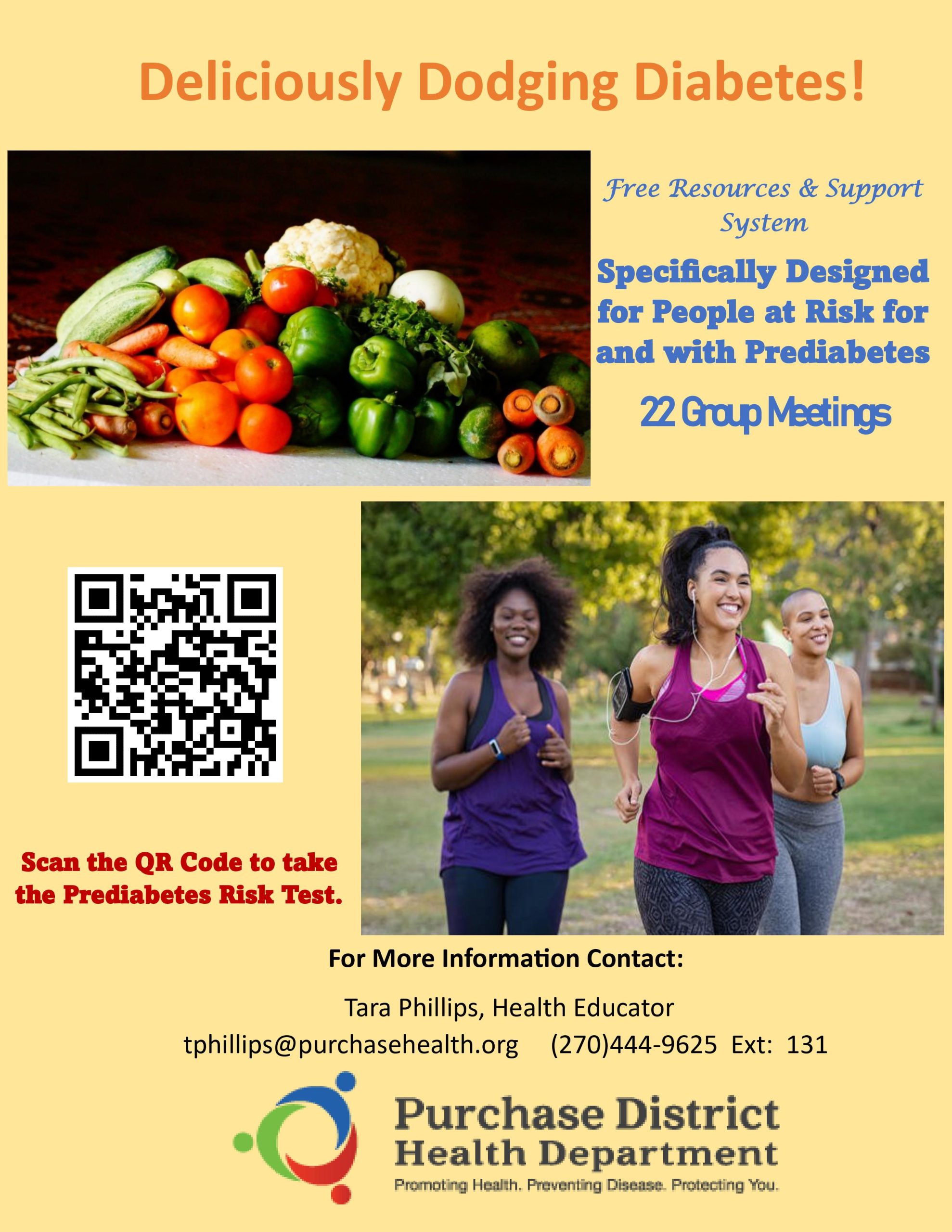
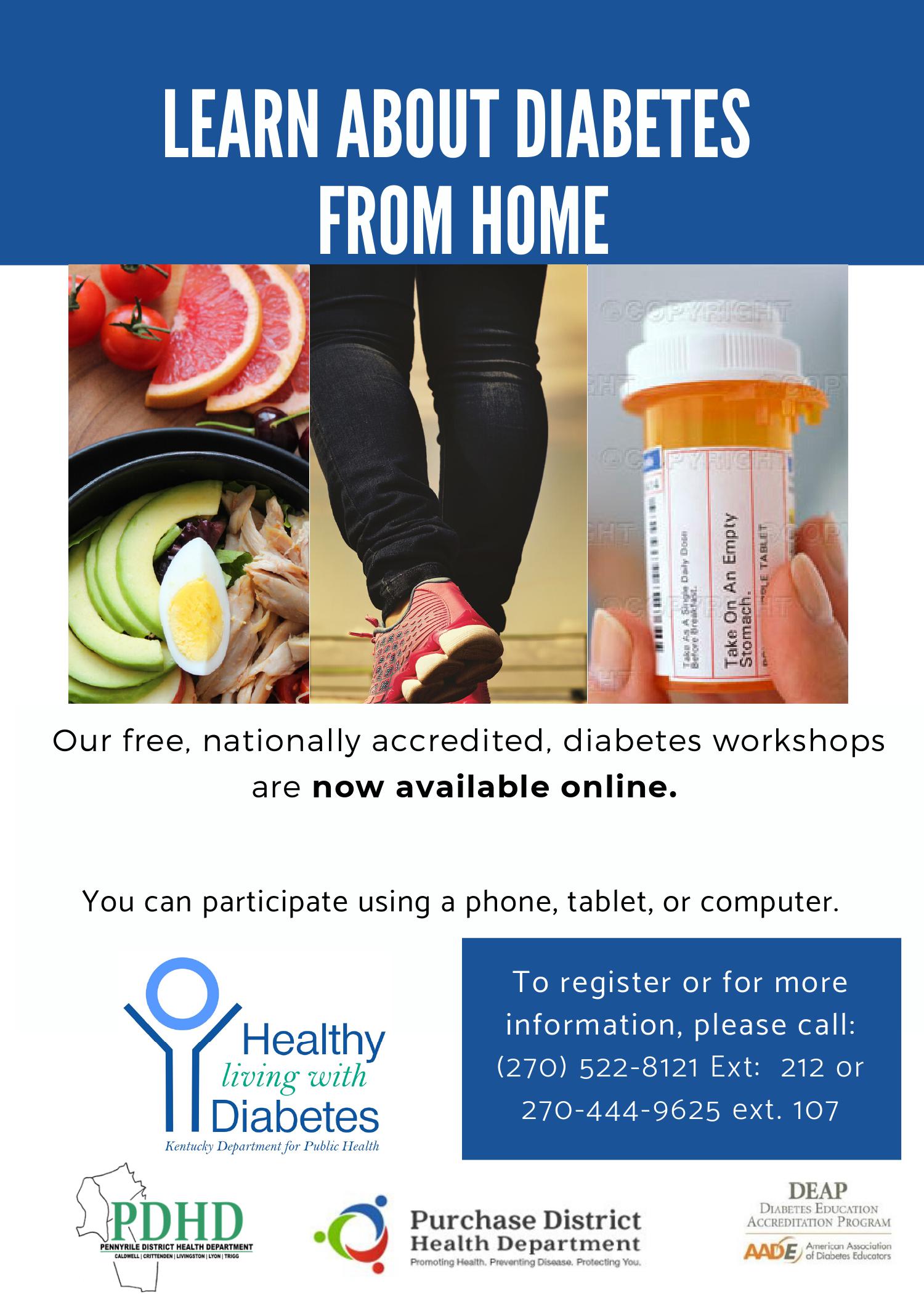
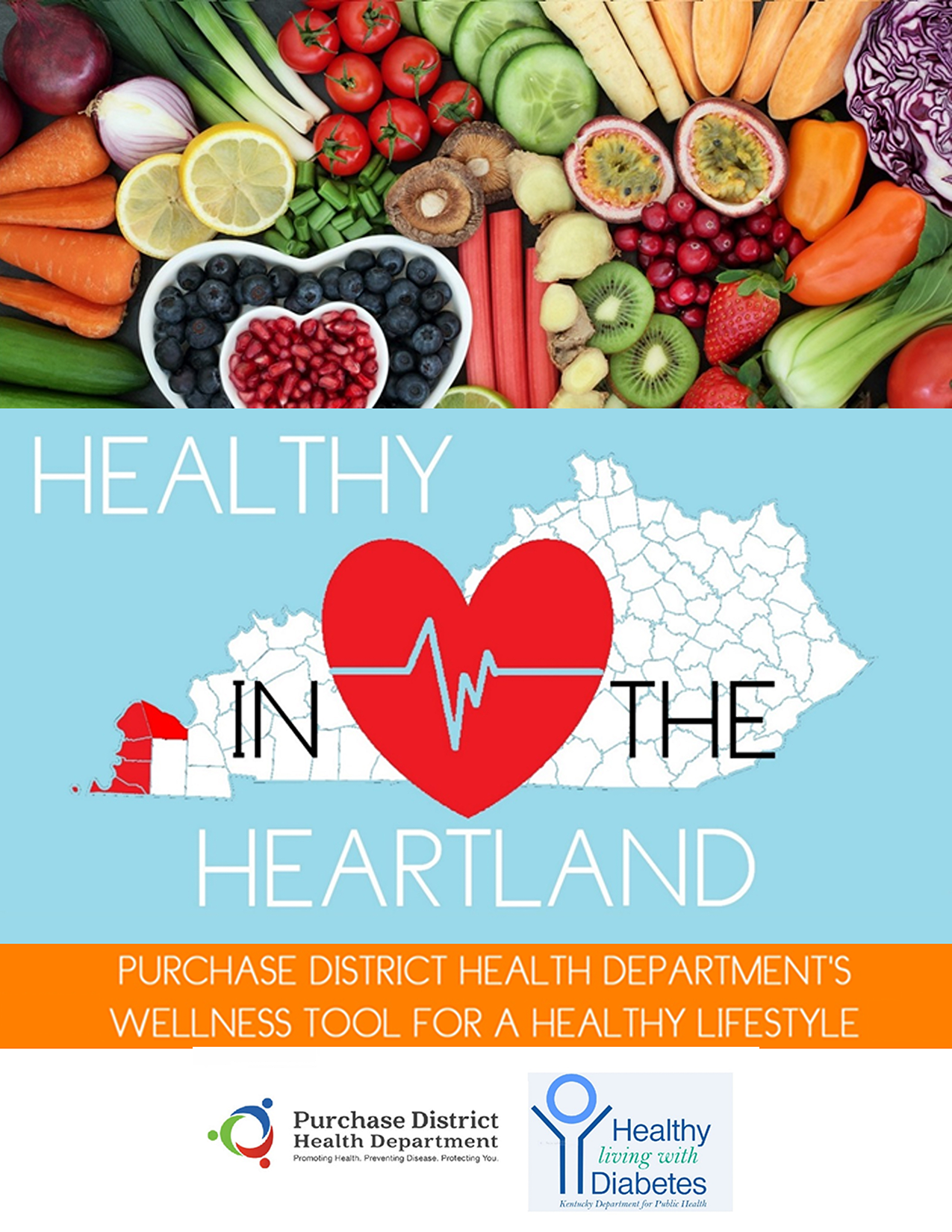
Contents include:
What Is Diabetes?
Type 1 and II Diabetes
ABC’s of Heart Health
Know Your Color Zone (Blood Pressure)
Know the Facts About Stroke
A Checklist for Stroke Prevention
How to Brush Your Teeth
DASH Diet
Nutrition Facts Label
Cut Down on Added Sugar
The Salty 6
Visual Hand Guide to Portion Sizes
Eating Smart at Home (Plan-Know What’s for Dinner)
Making Smart Drink Choices
My Plate
U R What U Eat
24 Healthy Recipes
Kentucky Proud Produce
Local Farmer’s Market Directory
U-Pick Strawberry Farms
Get Moving
Move More-Making Physical Activity Routine
25 Ways to Get Moving at Home
Healthy Kids
Feed the Family Five or More (Fruit and Veggie Tracker)
The Dinner Table Project
Heatstroke-How to Protect Your Child
The Health Benefits of Sleep
Nutrition & Physical Education
Our health educators collaborate with district and individual school wellness policy committees:
• Advocating on Safe Routes to School – http://www.saferoutesinfo.org/
• Promoting Fuel Up to Play 60 – https://www.fueluptoplay60.com/
• WELLSAT: Wellness School Assessment Tool
• http://www.actionforhealthykids.org/tools-for-schools/revise-district-policy/wellness-policy-tool
• https://www.healthiergeneration.org/take_action/schools/
• Second-hand smoke and tobacco education awareness
They also work with all agencies that participate in the KEHP Insurance Plan:

Both health plan members and waivers can participate in StayWell activities and earn engagement incentives.
StayWell focuses on employees and retirees; spouses and children do not participate.
The LivingWell program will continue to offer incentives to encourage members on their wellbeing journey:
LivingWell Promise incentive – health plan members earn $480 a year ($40 per month) in premium discounts in 2021 when they complete their health assessment or biometric screening during the LivingWell Promise period in 2020.
LivingWell engagement incentives –StayWell participants (planholders and waivers) earn additional incentives for engaging in a health and wellness activity through StayWell. They can earn gift cards for activities like getting an annual flu shot, completing education sessions, participating in health coaching, or completing step goals.
Go365’s point system…1 point = 1¢; StayWell’s point system 1 point = $1.00.
Please contact Tara Markey at 270-444-9625 x190 for more information!

School Health
LEARN THE ABC’s of OUR SCHOOL HEALTH PROGRAM
Our registered school nurses will:
A Assure that your child’s medical needs are met
B Believe that your child’s health matters
C Care for your child as a patient and a person
Colon & Breast Cancer Awareness
Cancer Early Detection and Education
- Colon Cancer (free, yearly colon testing and assistance for colonoscopies provided for those eligible and without insurance)
- Breast Cancer (yearly, clinical breast exam, assistance for mammograms provided for those eligible and without insurance, education on self exams)
- Educational presentations when requested
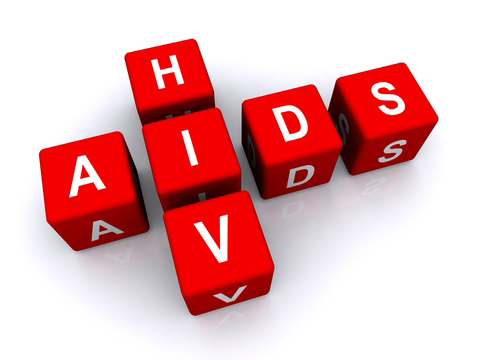
Sex Education
HIV/AIDS
 What is AIDS?
What is AIDS?
- AIDs stands for Acquired Immune Deficiency Syndrome.
- The immune system is your body’s way of protecting you from sickness.
- AIDS weakens your defense against infections.
- The AIDS virus is called HIV (Human Immunodeficiency Virus) and it is deadly!
How Do People Get AIDS?
There are three main ways people get AIDS. They get AIDS by sharing needles when they are shooting drugs, through sexual contact, or by being born to a mother who has AIDS.
HIV is passed from one person to another through contact with an infected person’s body fluids. These include blood and liquids from the sex organs, the bowels, or bladder.
You can avoid AIDS by not coming into contact with anybody else’s body fluids. However, you cannot get HIV from touching someone’s sweat, spit, or tears because there would not be enough viruses in these liquids of an HIV-infected person to infect you.
Some HIV-infected people may seem healthy, but they can still infect you if you have a cut or a sore that comes into contact with their body fluids.
What AIDS is NOT:
- A disease that affects only a few groups of people.
- A disease you can get from touching or hugging a person with AIDS.
- A disease you can get from sitting next to, eating or drinking water after or playing games with a person with AIDS.
- A disease you can get from sharing hot tubs, swimming pools, towels, telephones, or drinking fountains used by a person with AIDS.
- A disease you can get from being bitten by a mosquito or any other bug.
- A disease meant to punish anyone.
Is There a Cure or Treatment for AIDS?
There is no cure for HIV or AIDS. But treatments can help people stay healthy longer, and HIV can be prevented. You can visit your local health department.
To find out more about how you can get tested for STD’s contact your local health department
Resources: AIDS.Gov – U.S. Statistics – https://www.aids.gov/hiv-aids-basics/hiv-aids-101/statistics/
Birth Control
What is the cheapest and most effective form of birth control that can also prevent the spread of sexually transmitted infections? If you guessed abstinence, you are absolutely correct!
What is abstinence? Abstinence means that you are not having sexual intercourse.
Everyone else is having sex, I feel like I should be having sex too! If you’re not having sex, you’re not alone. According to the CDC, in 2011–2013, 44% of never-married female teenagers (4.3 million) and 47% of never-married male teenagers (4.8 million) had sexual intercourse at least once. This means that less than half of teenagers in America are having sex.
What if I have had sex before, can I still choose to be abstinent? You don’t have to be a virgin to choose abstinence. If you’ve said yes to sex before that doesn’t mean you have to keep having sex.
How to say no when you’ve had sex before? If you’re getting pressured, try these responses:
“What’s the big deal? It’s not like you’ve never had sex before!”
I don’t want to do it again.
The big deal is that it’s my body and my decision.
“You did it before. Don’t you love me as much?”
I care about you a lot. That’s why I want to wait until I’m ready.
I thought I was ready before, but I wasn’t.
“Maybe your first time was lousy, but it’ll be better this time.”
It won’t be better if I feel pressured!
Excuse me, but what part of NO don’t you understand?
If you think you are ready to have sex, there are other forms of protection.
There are many ways to practice safe sex. Only you can decide which is best for you. A staff member at your local health department can discuss all of your birth control options with you and help you get the birth control you need.
Condoms –Only method that helps to protect both partners from sexually transmitted diseases. May be used with other birth control methods. No prescription needed. Can be easily carried by both women and men.
Birth Control Patch – An adhesive patch that contains the same hormones as birth control pills is placed on the women’s body. Patch is changed once a week for 3 weeks.
Birth Control Pill – Birth control pills that contain hormones that work by preventing the release of an egg from the ovary each month. Must be taken daily. Less pain and bleeding with periods. Can be used to regulate and delay periods.
Birth Control Shot (Depo-Provera) – Shot is given once every 3 months; must return to clinic for shot. No daily method to remember. Offers private use of birth control for women. May cause changes in menstrual flow.
Birth Control Vagina Ring (NuvaRing) – A small flexible ring that contains hormones is placed in the vagina to prevent the release of an egg from the ovary. Worn by patient for 3 weeks at a time. Easy to use. Low chance of irregular bleeding.
Diaphragm – A small round rubber cup which is placed in the vagina over the cervix up to 6 hours before sex. Must leave in vagina for 6 hours after sex. Keeps sperm from reaching the egg. Woman must be comfortable inserting and removing from vagina.
Spermicide – Chemicals which kill sperm and come in different forms. Placed in the vagina just before intercourse. No health risks. No prescription or exam needed. Works better when used with condom or diaphragm.
Aside from abstinence, condoms are the only birth control that reduces the risk of both pregnancy and sexually transmitted diseases, including HIV. No matter what type of birth control you choose to use, you should always use a condom too! But, in order to work, condoms must be used correctly and must be used every time you have sex. It’s important to know, however, that they cannot completely protect you and your partner from some STDs, like herpes, syphilis, or human papillomavirus (HPV), the virus that causes genital warts and cervical cancer. Also, condoms can break, slip, or leak, especially if they are not put on and taken off properly.
How effective are contraceptives against pregnancy?
- Abstinence – 0 out of 100 became pregnant
- Birth Control Shot – 6 out of 100 became pregnant
- Birth Control Pill – 9 out of 100 became pregnant
- Birth Control Patch – 9 out of 100 became pregnant
- Birth Control Vagina Ring (NuvaRing) – 9 out of 100 became pregnant
- Diaphragm – 12 out of 100 became pregnant
- Male Condoms – 18 out of 100 became pregnant
- Female Condoms – 21 out of 100 became pregnant
- Withdrawal – 22 out of 100 became pregnant
- Spermicide – 28 out of 100 became pregnant
To find out more about birth control options, contact your local health department
Resources:
Center for Young Women’s Health – http://youngwomenshealth.org/2013/02/22/abstinence/
CDC – Center For Disease Control – http://www.cdc.gov/nchs/data/databriefs/db209.htm
CDC – Know Your Condom Dos and Donts -http://www.cdc.gov/teenpregnancy/pdf/teen-condom-fact-sheet-2015.pdf
Human Papillomavirus (HPV)
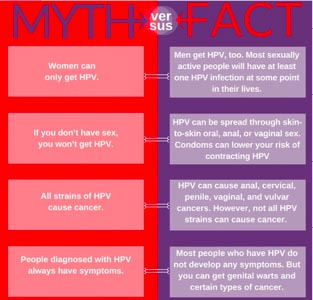 What is HPV? Human Papillomavirus (HPV) is the most common sexually transmitted infection in the United States. Roughly one in four Americans are infected with HPV.
What is HPV? Human Papillomavirus (HPV) is the most common sexually transmitted infection in the United States. Roughly one in four Americans are infected with HPV.
Most sexually active men and women will get HPV at some point in their lives. This means that everyone is at risk for the potential outcomes of HPV and many may benefit from the prevention that the HPV vaccine provides. HPV vaccines are routinely recommended for 11 or 12 year old boys and girls, and protect against some of the most common types of HPV that can lead to disease and cancer, including most cervical cancers. CDC recommends that all teen girls and women through age 26 get vaccinated, as well as all teen boys and men through age 21 (and through age 26 for gay, bisexual, and other men who have sex with men). HPV vaccines are most effective if they are provided before an individual ever has sex.
While the HPV vaccine can protect you against cancers caused by the Human Papillomavirus, it cannot protect you against all sexually transmitted diseases.
To find out more about how you can get tested for STD’s contact your local health department:
Resources:
CDC- Centers for Disease Control and Prevention – http://www.cdc.gov/hpv/parents/vaccine.html
Sources:
“Incidence, Prevalence, and Cost of Sexually Transmitted Infections in the United States..” Center for Disease Control. http://www.cdc.gov/std/stats/sti-estimates-fact-sheet-feb-2013.pdf
Chlamydia
What Is It?
Chlamydia is the most prevalent bacterial STD worldwide; along with genital herpes and human papillomavirus (HPV) infection, it is one of the three most common STD’s in the United States.
If you are a sexually active woman younger than 25 years, you should get a test for Chlamydia every year.
Chlamydia is most common among young sexually active people. It is estimated that 1 in 20 sexually active females aged 14-19 years has Chlamydia. In 2013, there were 483 reported cases of Chlamydia in our district. A large number of cases are not reported because most people with Chlamydia show no symptoms and do not seek testing.
How You Get It:
Spread during vaginal, anal, or oral sex with someone who has Chlamydia.
If You Don’t Get Treated:
- You can give Chlamydia to your sex partner.
- Can lead to more serious infection.
- Women and possibly men may no longer be able to have children.
What to Watch For:
Women:
- Discharge from the vagina.
- Bleeding from the vagina between periods.
- Burning or pain when you urinate.
- Need to urinate more often.
- Pain in abdomen, sometimes with fever or nausea.
- Symptoms show up to 7-28 days after having sex. Chlamydia affects women and men. Most women and some men have no symptoms’.
Men:
- Watery, white drip from the penis.
- Burning or pain when you urinate.
- Need to urinate more often.
- Swollen or tender testicles.
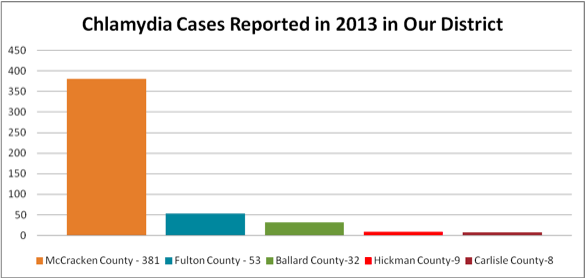
To find out more about how you can get tested for STD’s contact your local health department:
References:
Torrone E, Papp J, Weinstock H. Prevalence of Chlamydia trachomatis Genital Infection Among Persons Aged 14–39 Years — United States, 2007–2012. MMWR 2014;63:834-8.
Gonorrhea
Gonorrhea is a sexually transmitted disease (STD) that can infect both men and women. It can cause infections in the genitals, rectum, and throat. It is a very common infection, especially among young people ages 15-24 years. In 2013, there were 68 reported cases of Gonorrhea in our district. Visit your local health department to get tested for an STD.
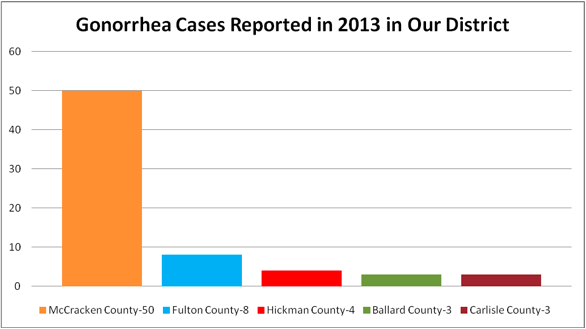
What to Watch For:
Symptons show up 2-21 days after having sex.
Most women and some men have no symptons.
Women:
- Thick, yellow, or gray discharge from the vagina.
- Burning or pain when you urinate or have a bowel movement.
- Abnormal periods or bleeding between periods.
- Cramps and pain in the lower abdomen (belly).
Men:
- Thick yellow or greenish drip from the penis.
- Burning or pain when you urinate or have a bowel movement.
- Need to urinate more often.
- Swollen or tender testicles.
How You Get It:
Spread during vaginal, anal, or oral sex with someone who has gonorrhea.
If You Don’t Get Treated:
- You can give gonorrhea to your sex partner(s).
- Can lead to more serious infection. Reproductive organs can be damaged.
- Both men and women may no longer be able to have children.
- Can cause heart trouble, skin disease, arthritis, and blindness.
- A mother with gonorrhea can give it to her baby in the womb or during childbirth.
To find out more about how you can get tested for STD’s contact your local health department:
Resources:
CDC – Gonorrhea – http://www.cdc.gov/std/gonorrhea/stdfact-gonorrhea.htm
Cardiovascular and Cerebrovascular Awareness
• Cardiovascular, Assessment, Risk-Reduction and Education (CARE) Collaborative is an initiative promoted by the Kentucky Heart Disease and Stroke Prevention Task Force. It is a free blood pressure awareness program for Kentucky men and women over the age of 18 years. Purchase District Health Department is working with a variety of partners in this educational encounter. High blood pressure increases your risk of having a heart attack, stroke, kidney disease or any other life threatening disease.

Teen Outreach 
WYMAN Teen Outreach Program®: Wyman transforms teens and changes communities by empowering teens, equipping adults and strengthening communities. Our inspired staff, network of partners and innovative solutions in education, adolescent health, child welfare and juvenile justice help teens find purpose and communities achieve potential.
Additional Links
American Academy of Pediatrics – www.aap.org
Center for Disease Control and Prevention – www.cdc.gov
Consumer Product Safety Commission – www.cpsc.gov
Prevent Child Abuse America – www.preventchildabuse.org
Child Care Aware – www.childcareaware.org
Division of Regulated Child Care – http://www.chfs.ky.gov/dcbs/dcc
Healthy Kids, Healthy Care –www.healthykids.us
Kentucky Partnership for Early Childhood Services – www.kypartnership.org
National Association of Child Care Resource & Referral – www.naccrra.org
Childhelp USA – www.childhelpusa.org
Home About Clinical Services Outreach and Education Environmental Breast Cancer Awareness
Emergency Response Employee Services Job Opportunities Events Contact Locations
Copyright © 2016 Purchase District Health Department
